
views
Writing the Contract

Type the contract using a computer. Contracts should always be typed - never handwritten. This protects against any ambiguities that could arise through interpretation of sloppy penmanship. If you are using a pre-made contract template, strike through any unused areas with a heavy black pen or marker.
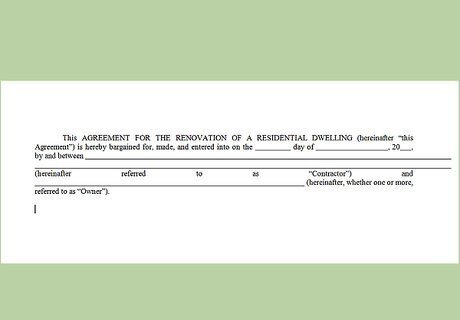
Write the introduction. This needs to include the name of the contractor, the name of the company (if those are different), and what type of business the contractor is--a corporation, an LLC, partnership, etc. Include the contractor's business name, address, phone number, employer identification number, and builder's license number if applicable. If you will be referring to the contractor as "contractor" throughout the body of the contract, state this in the introduction. Include the homeowner's name and information. Contact information should be provided for the homeowner, and it should specify how the owner will be referred to throughout the contract - for example, "owner."
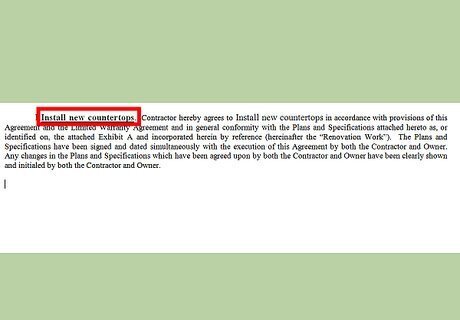
Describe in general the work to be performed. Generally explain what the project is.For example, "install new countertops," or "add and paint a deck." This portion of the contract needs to be specific enough to clearly explain what is being done, but not so narrow as to not cover unforeseen contingencies.
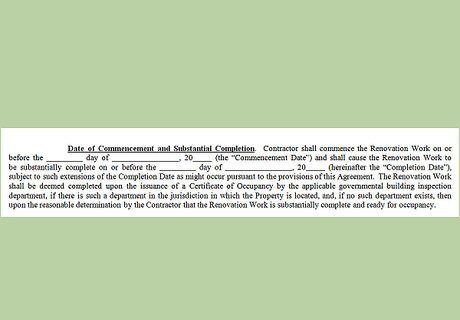
Include the estimated project schedule. For all projects, specify a start and end date, along with target dates for the completion of important phases of the work. You should also explain what happens if the project goes over the time limit. You need to go into some detail about this. It doesn't make sense to have the same penalty for a rain delay as for a mistake on the contractor's part. Don't try and gain an unfair advantage with respect to delay provisions. If a court sees that your contract penalizes the contractor for something that isn't his fault--a rain delay, for instance--they are less likely to uphold the contract. If your project is so large that you can't figure out a foreseeable end date, it is almost certainly very complex, and you need to have an attorney draw up your contract.
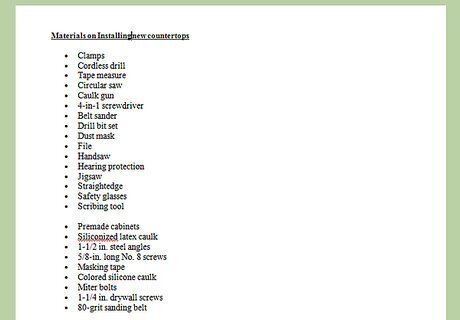
Describe the materials that will be used. This is one place where you need to be a specific as possible. Many a contractor has fallen into dispute with a homeowner because the contractor uses materials he thinks are equivalent to the original, while the homeowner disagrees. Describe the material, manufacturer, item number, and quantity of any and all materials used in the project. Lay out a procedure in the event of an inability to get certain preferred materials. Materials and equipment will inevitably get damaged, lost, or stolen during the life of the project. If and when that happens, you need to have in writing who bears the responsibility and cost for replacing the necessary supplies. Make sure to put in writing who bears the responsibility and cost for any damage to neighboring properties.

Decide who procures licenses and permits. In most jurisdictions, you will need permits and licenses in order to undertake any moderate to large scale renovation project. Decide in advance who is responsible for procuring those licenses and permits. Make sure the contractor bears responsibility for violating building codes and zoning laws.

Come to an agreement about the use of the premises. Workers have to eat, park, and use the restroom. Decide in advance what can and cannot be done on the premises, including clean-up and clean-up times.
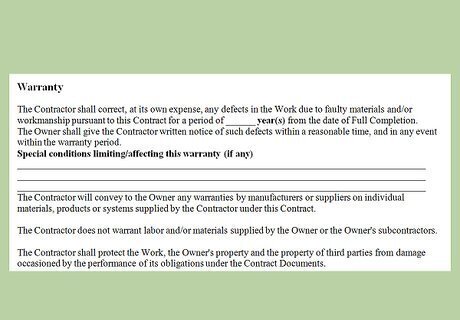
Decide what is guaranteed and warrantied. Some of the most important details to address are warranties and guarantees. This boils down to deciding what will happen in the event of a minor or major failure in the contractor's work. Determine the length and extent of his liability. Pay very close attention to this section. Oftentimes, state states provide better protection than a contractor's warranty will. Be sure that the contractor isn't trying to put you as a homeowner in a worse position than you would have with no warranty at all.
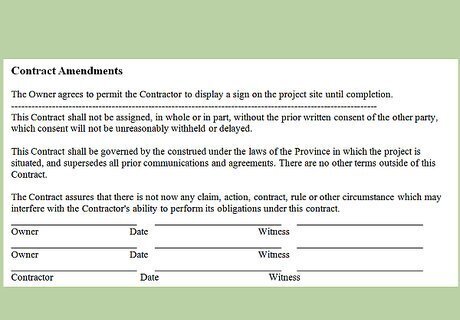
Lay out a procedure for amending the contract. This doesn't have to be complicated, but you should get it in writing. An agreement to put all agreements in writing is typical and usually sufficient.
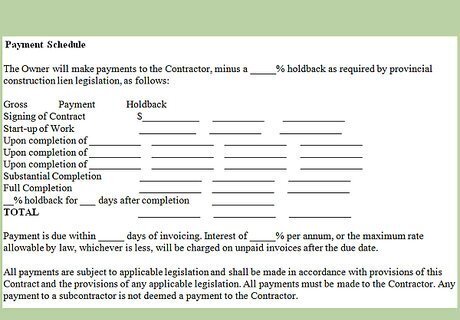
State the total project price. The total agreed price for the home improvement project should be clearly specified. If the project is being billed on a time-and-materials basis, then the hourly rates should be clearly noted. Any other provisions, such as a guaranteed maximum price, should also be included in this section.
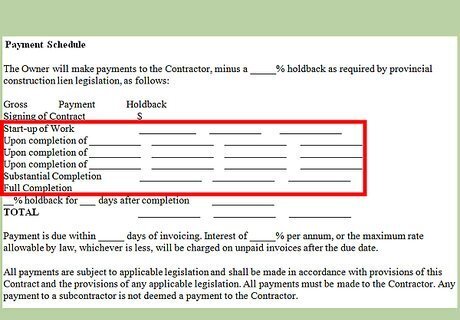
Lay out the payment schedule. State clearly in the contract when the contractor will be paid by the homeowner. Depending on the size of the project, this may be structured as a small down payment followed by the outstanding balance at the project's end, or it may be a steady installment plan based on project progress. Small projects may stipulate that the contractor will be paid the entire sum upon completion of all work.
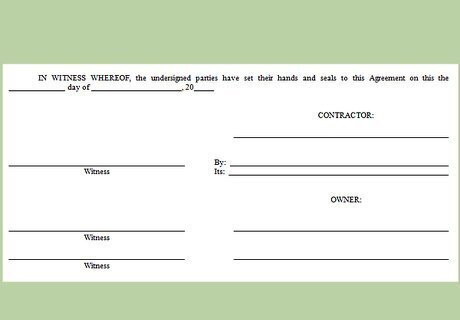
Include an area for both parties to sign and date the contract. At the end of the home improvement contract, include a provision that states that undersigning parties agree to be bound by the terms of the contract. Include space underneath this provision for both the homeowner and contractor to sign and date.
Watching Out For Scammers

Beware of the "verbal contract." This is just inviting trouble. Regardless of whether your contractor is a friend or just a stranger at your door, you need to get the scope and details of the work to be done put down in writing. This keeps everyone honest and clear about what needs to be done and when it needs to be done by. Under no circumstances should you allow someone to begin work without the contract signed and agreed to by both parties.
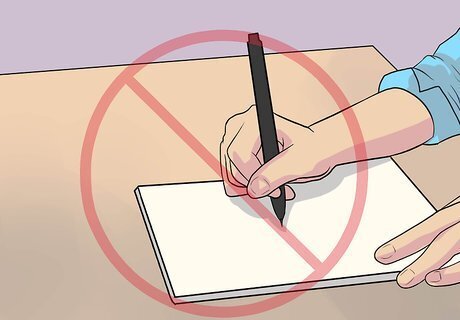
Never sign a blank contract. If there's anything worse than a "verbal contract" for a home improvement project, its a blank contract. The verbal contract is bad because you can say that you and the contractor agreed to x while he says you agreed to y. Since it isn't on paper, no one can tell what the real agreement was. At least you can argue about the terms of a verbal contract. The contractor can put whatever he wants to on a blank contract. Since the contract is signed by both parties, it will be assumed by the court that both parties knew what was in the contract and agreed to the same thing.

Beware of out of state contractors. If the deck that your contractor just built you collapses in six months, how are you going to track him down if he's three states away? It will be a difficult proposition at best. This is one area where it pays to shop local. Pick a contractor close by, who has a stake in the community, and a reputation they will want to safeguard.
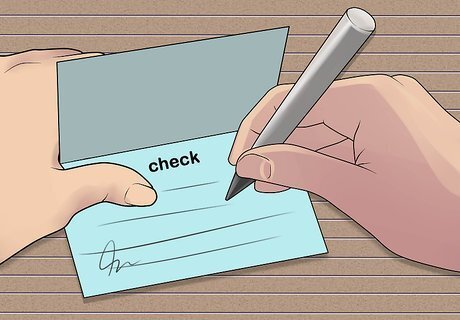
Don't work with a contractor who asks for a check made out to him as an individual. This is a major red flag. You want to work with a company, and not just some guy. Your contractors need to be licensed, bonded, and insured. This is extremely important with respect to your own liability. Say that a carpenter working at your house cuts his finger off with a table saw. If your contractor has insurance, then he should be able to pay without issue. But if your contractor is uninsured, the injured carpenter is going to try and recover compensation any way he can--by suing you, the contractor as an individual, and anyone else who might be liable. Protect yourself, and make sure that your contractor is operating within the confines of the law.



















Comments
0 comment